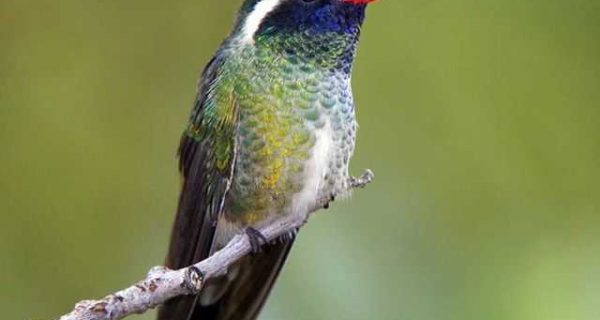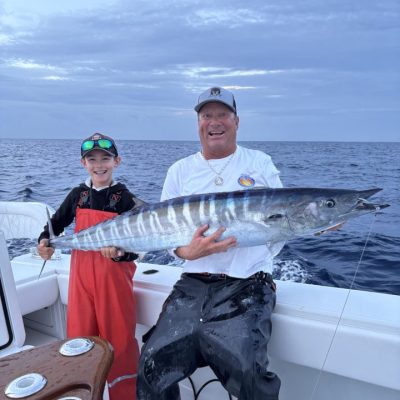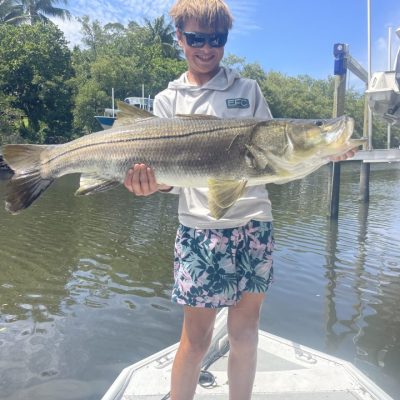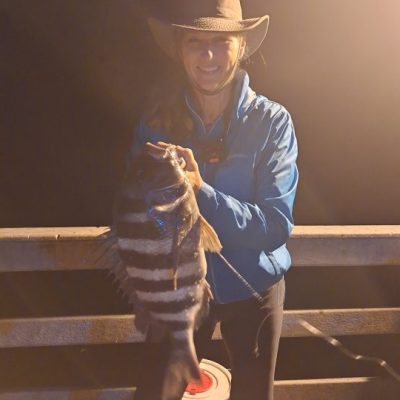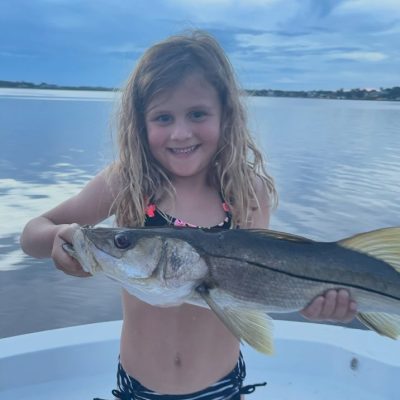Conservation
Environmental and waterway news.
Latest in Conservation
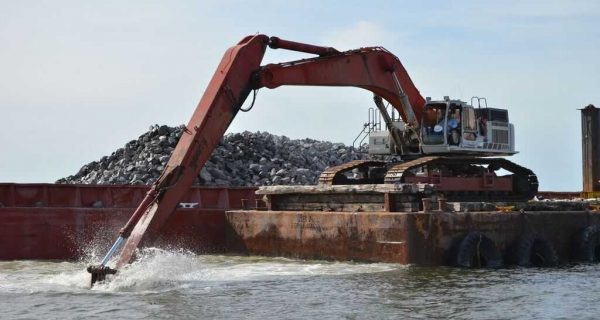
Independence Island Reef
Grand Isle’s Independence Island Reef Enhanced A 4-acre expansion of the Independence Island Reef, northeast of Grand Isle, La., began …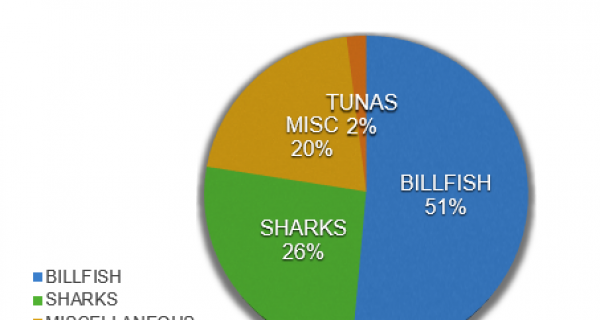
Gray FishTag Research Boasts Great Achievements During Its First Year of Operation
To imagine that the Gray FishTag Research program is under a year old and has already seen positive results and …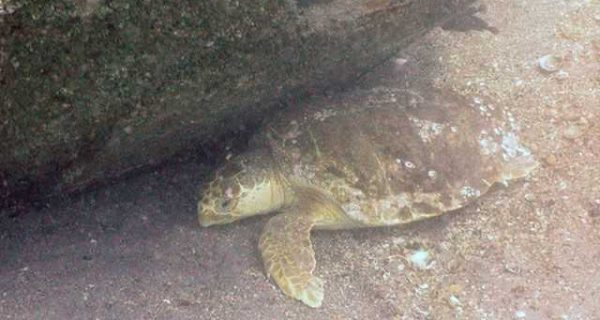
St. Lucie County Artificial Reef Program Update: January 2016
By: Jim Oppenborn, St. Lucie County Coastal Resources Supervisor Another year of artificial reefing in St. Lucie County is gearing …
Florida Winters are Fire Season
While much of the nation experiences four seasons through-out the year, here in Florida we have just two, Hurricane Season and Fire Season. Hurricane Season runs from June 1st through November 30th, the rest of the year is Fire Season. The peak of fire season are the months of January, February, and March.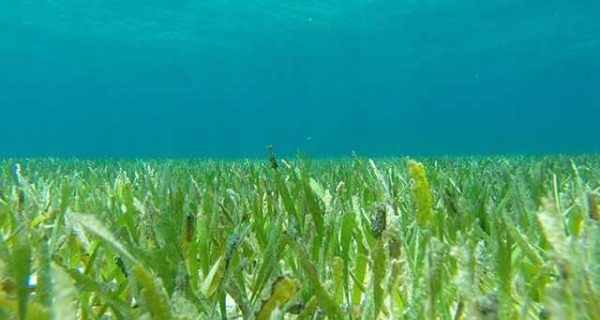
Seagrass Restoration in the Indian River Lagoon
Seagrasses are the foundation of our estuaries, but they are often overlooked by anglers, boaters, and seafood consumers. Even the term “seagrass” is misleading, as these plants are not grasses, but a diverse set of submerged flowering plants that occupy coastal ecosystems worldwide.